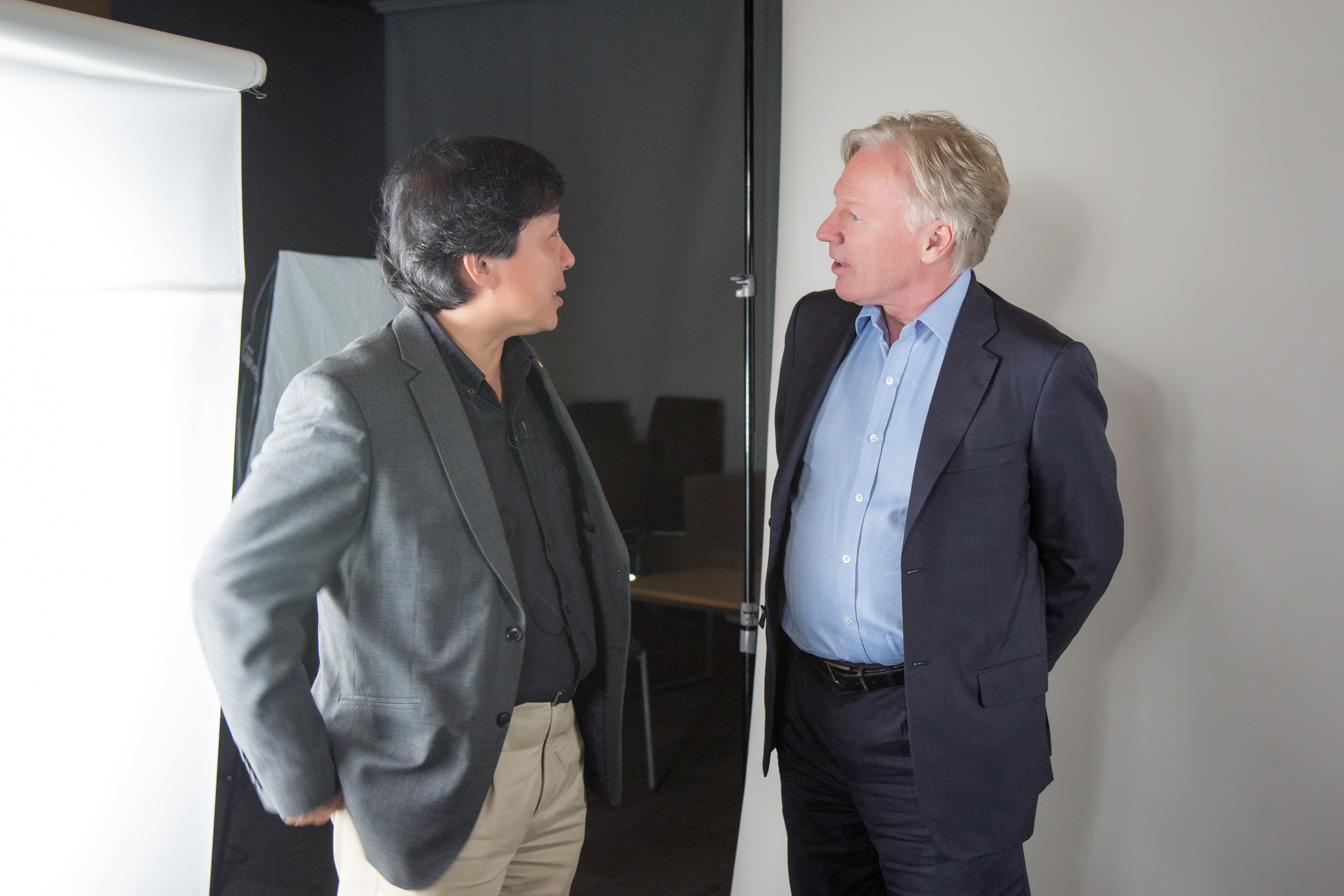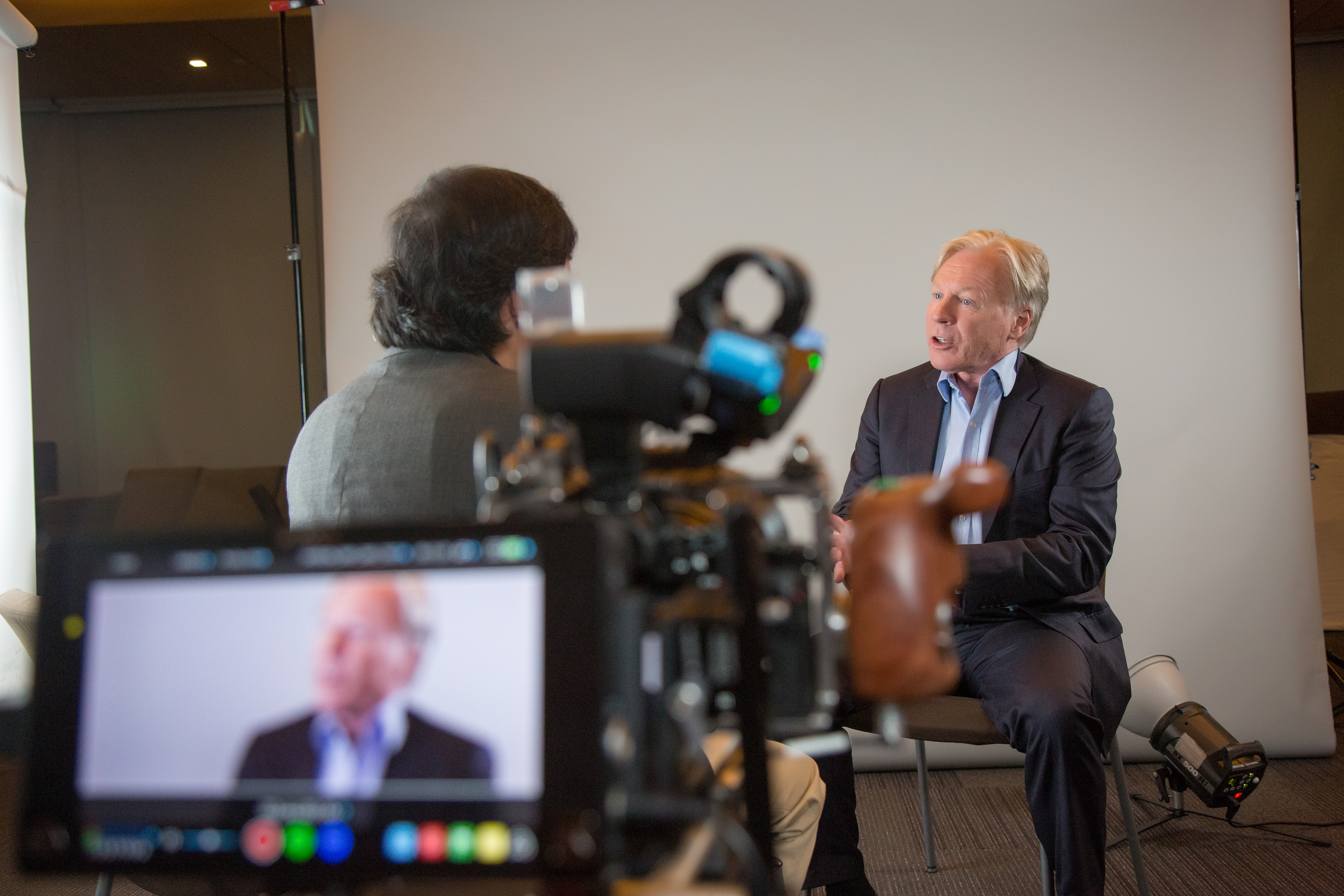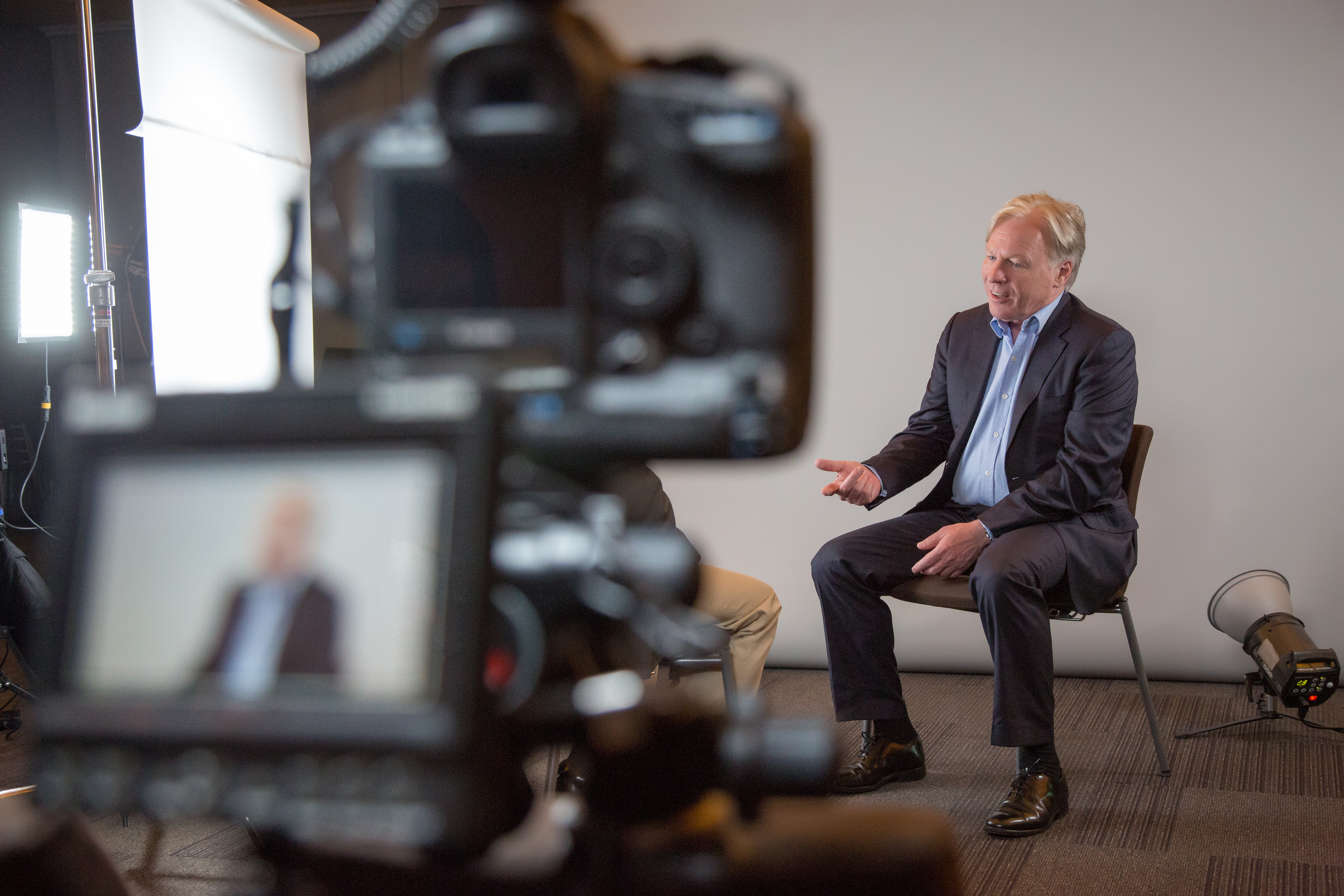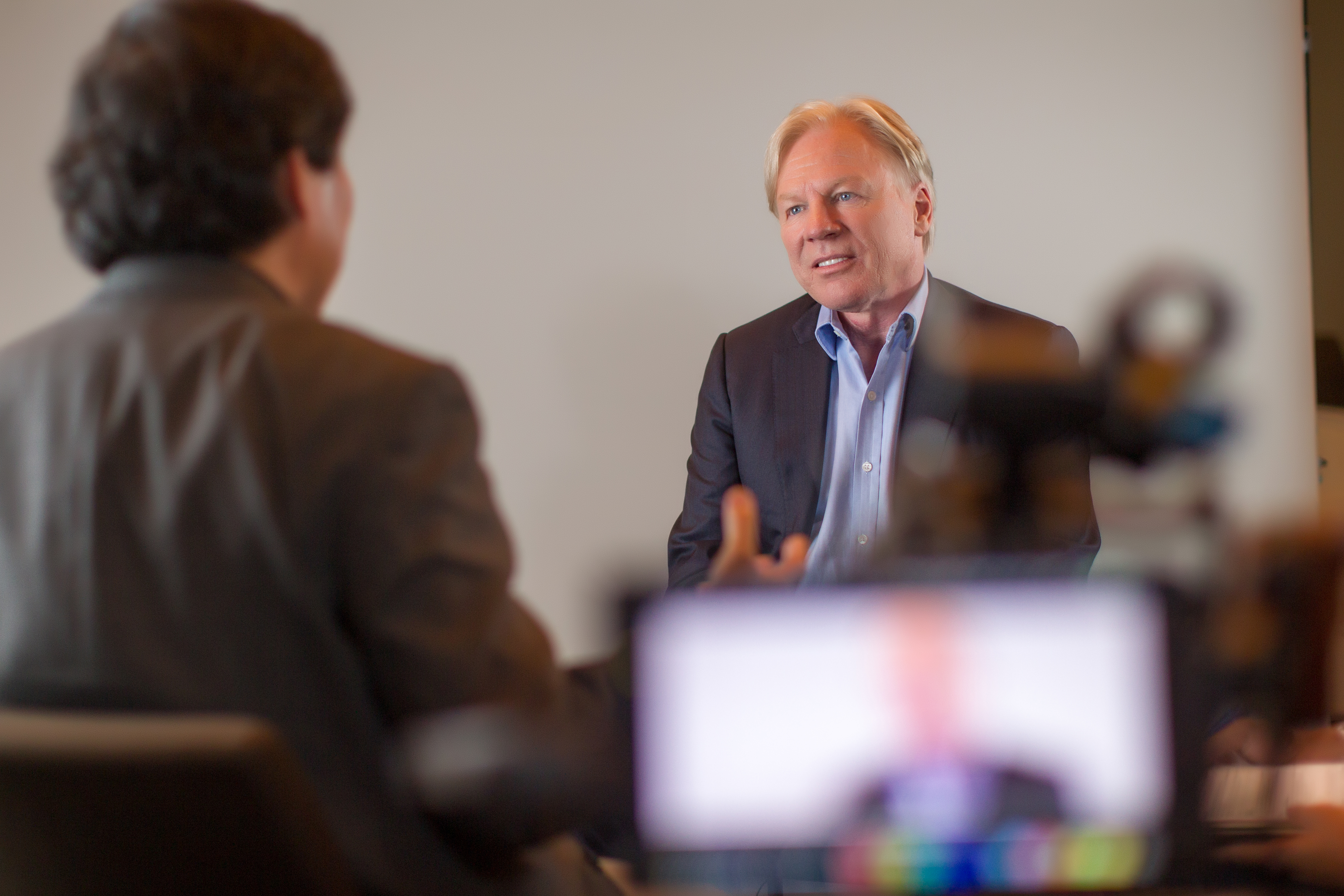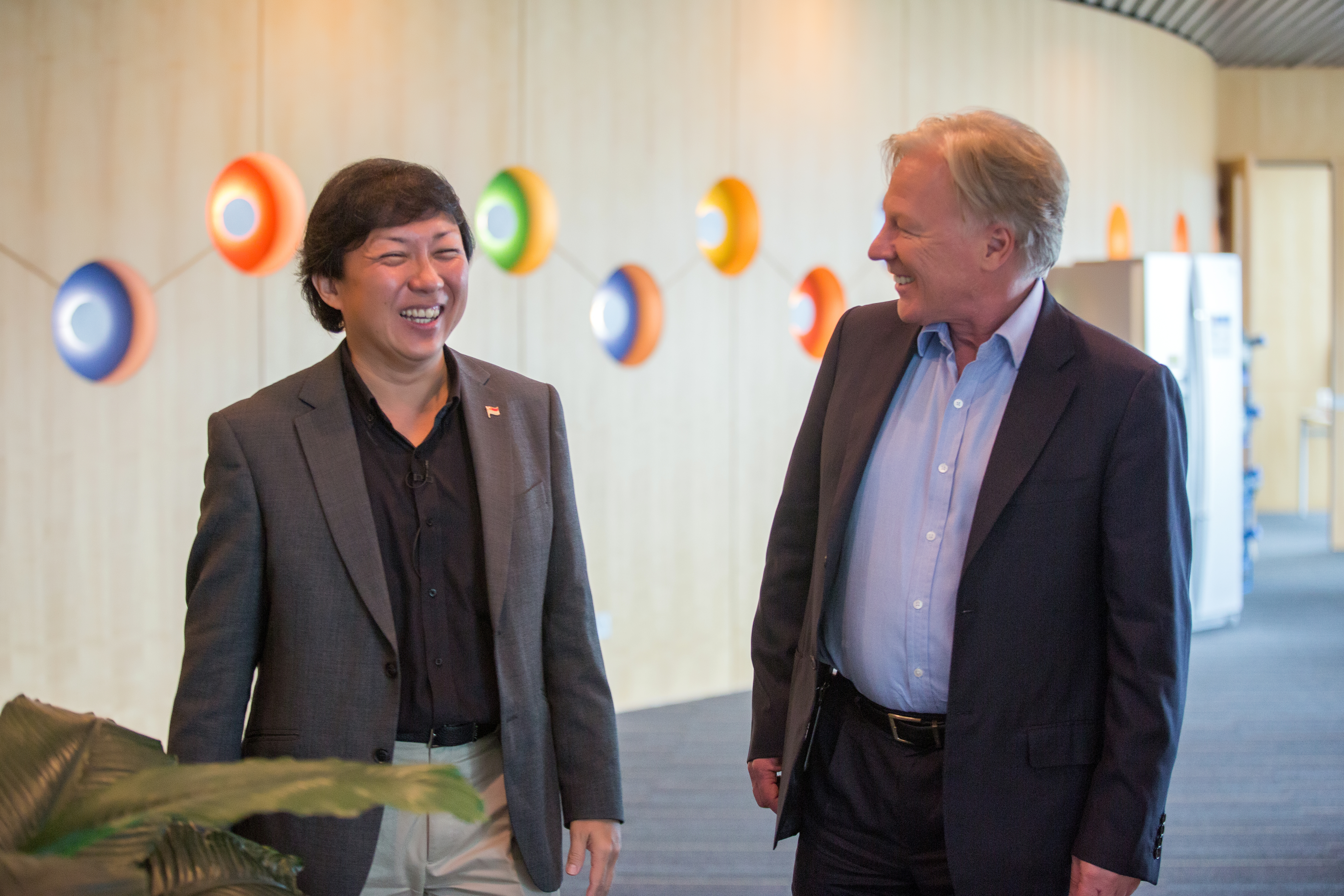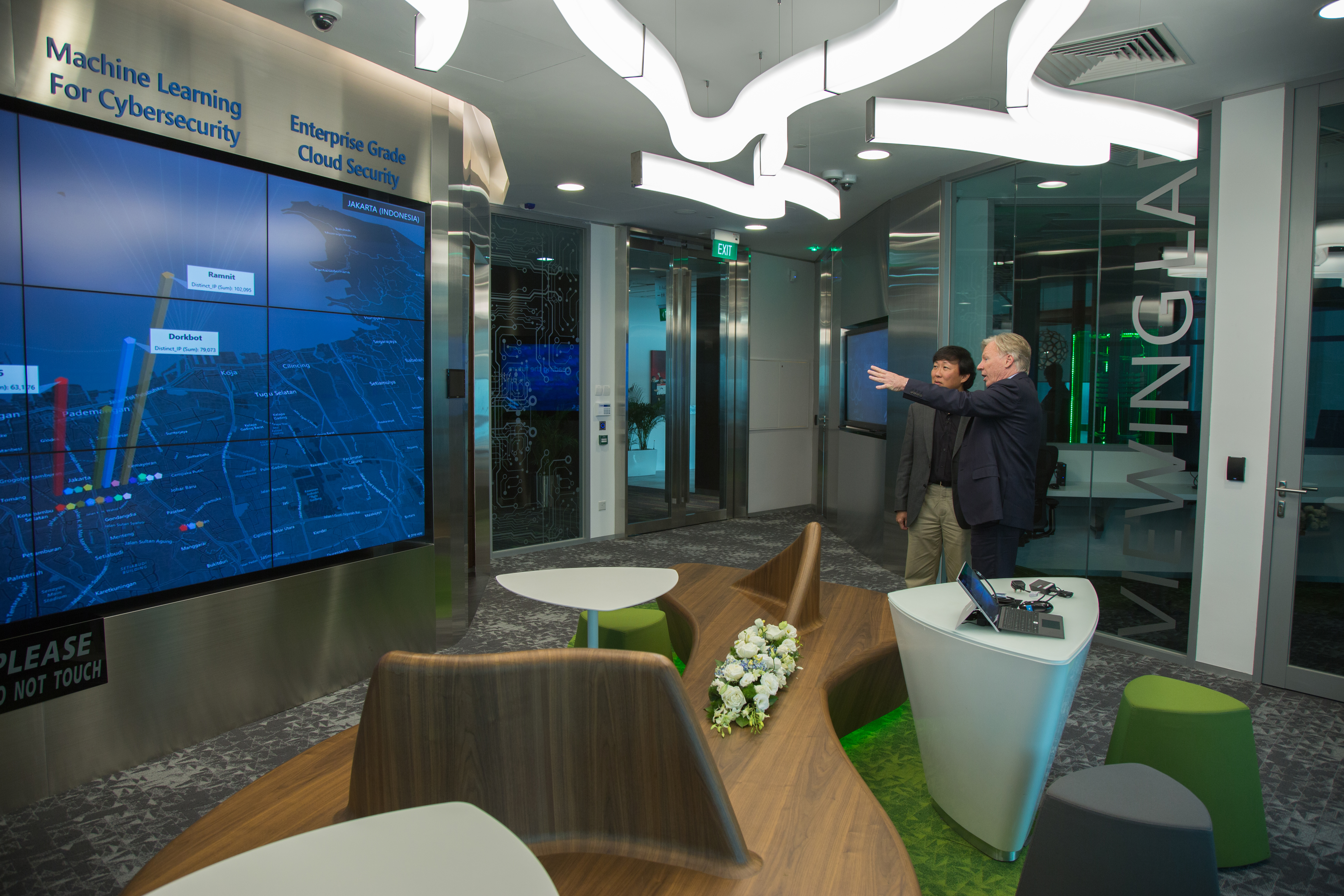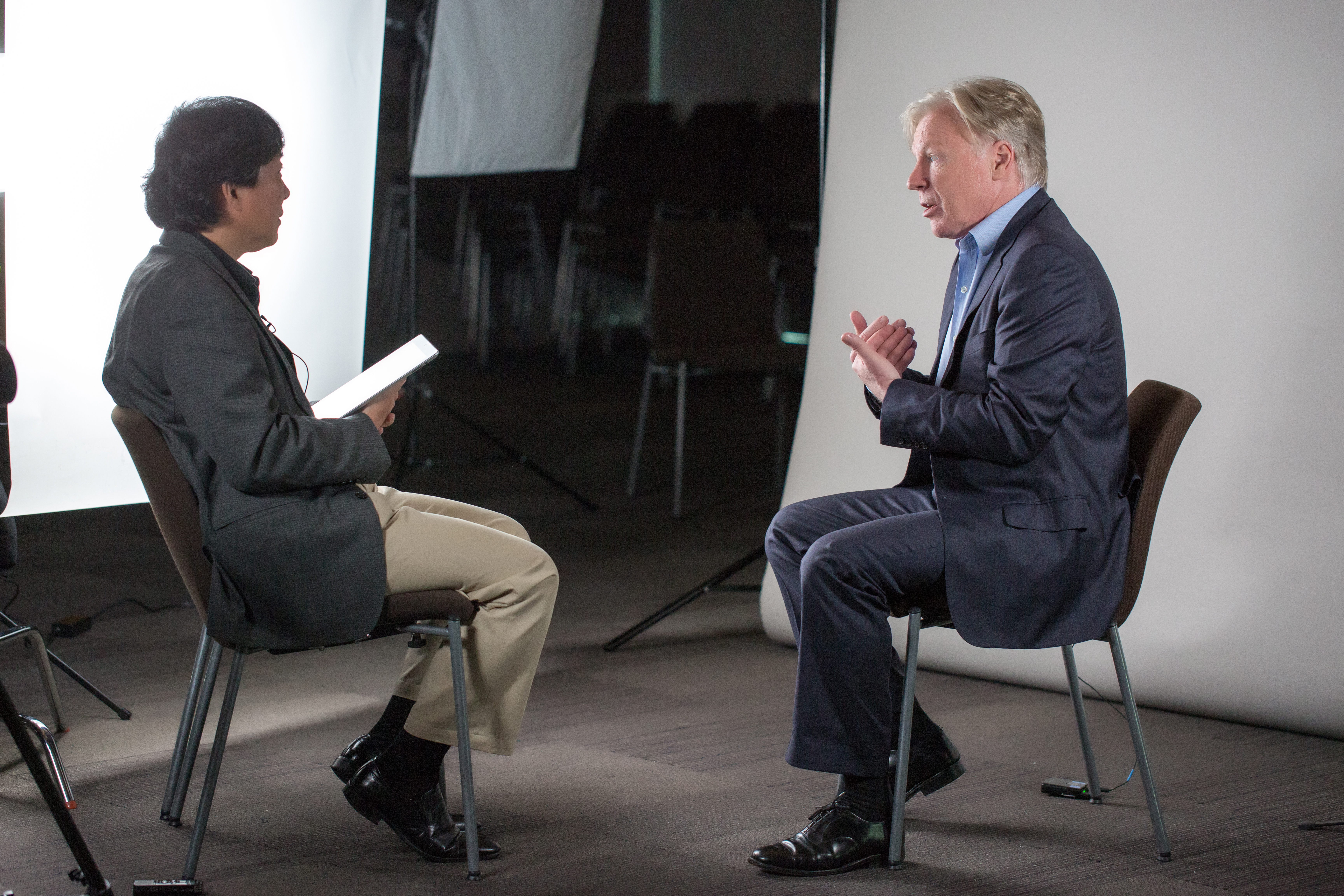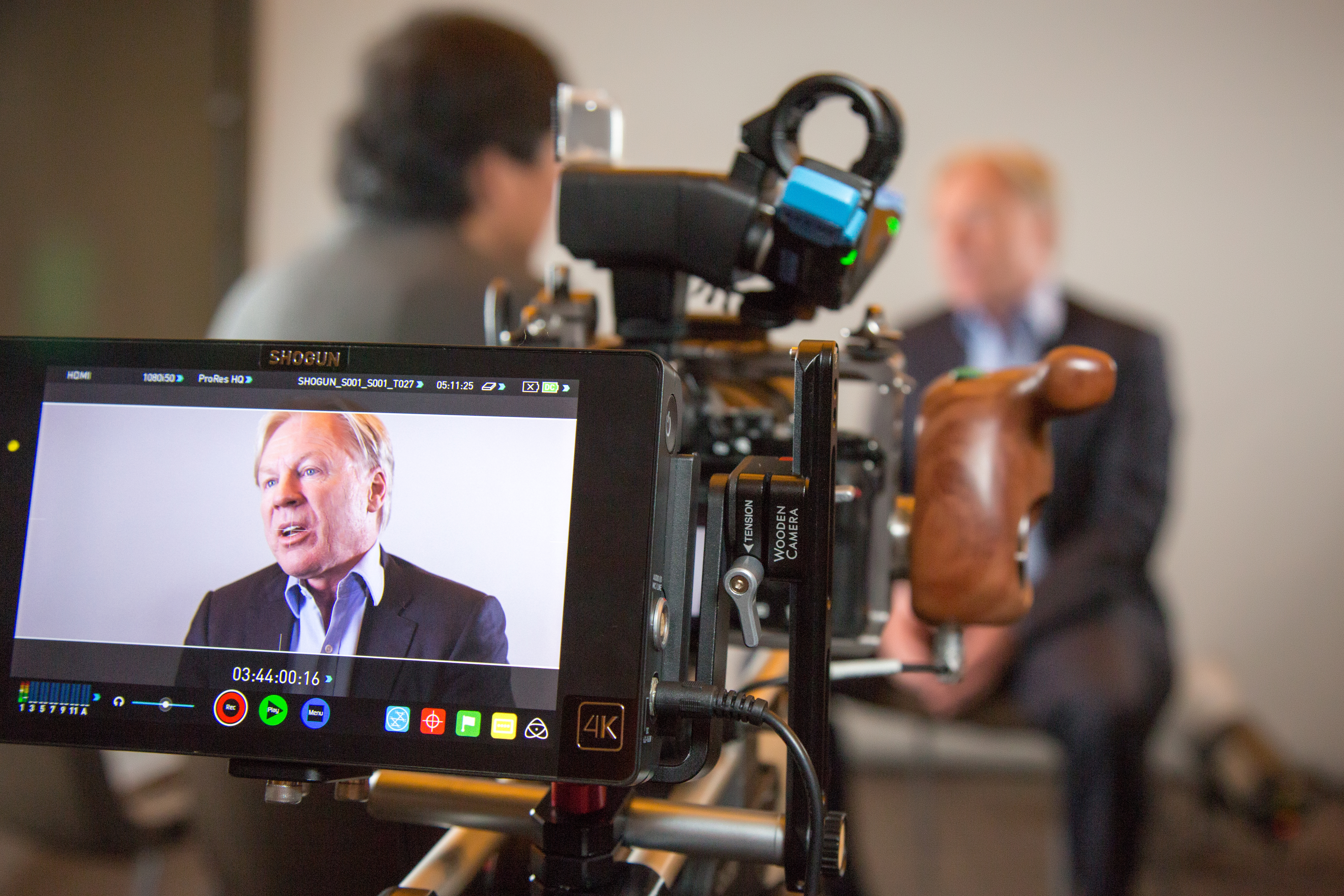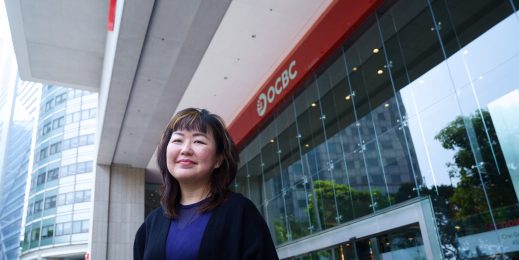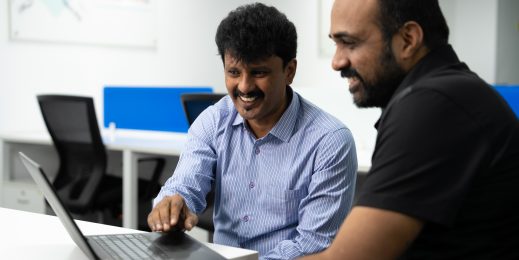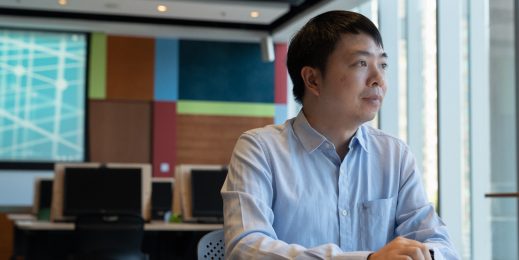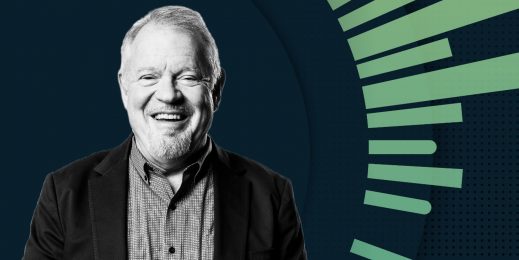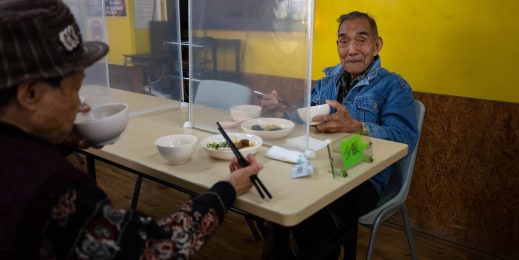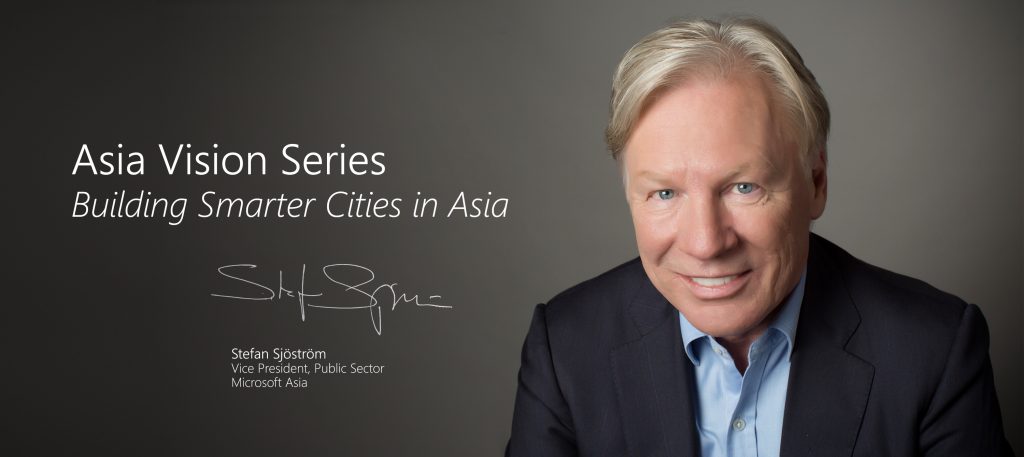
Asia Vision Series: Stefan Sjöström
In the Asia Vision Series features we dive into key industry trends and issues with our subject matter experts and visionaries across the region. In this interview, Koh Buck Song, author and editor of more than twenty books and former political supervisor for Singapore broadsheet The Straits Times, speaks with Stefan Sjöström, vice president of Public Sector, Microsoft Asia. Sjöström shares how he came to oversee sales and market development activities for Government, Public Safety & National Security, Healthcare and Education across the region, and how his work has redefined the meaning of Smart Cities for him.
What makes a Smart City?
There is nothing more gratifying than seeing how technology is being put to good use in improving the quality of people’s lives.
Growing up in Stockholm, Sweden, Stefan Sjöström’s world view had always been influenced by the city’s emphasis on sustainability and technology. Stockholm’s green reputation and commitment to digital governance have led to it being named one of the 10 smartest cities in Europe, and the city has even outlined how it intends to deploy technology to address urbanization issues – such as housing and transportation, in its Vision 2030 smart city plan.
However, the impact of technology only hit Sjöström in a very personal way 12 years ago. “I was diagnosed with throat cancer, and had a period of 8 days when I literally didn’t know whether I had 3 weeks or 3 months or 3 years left to live – I was completely lost,” he recounts. As he underwent treatment, Sjöström realized how an early diagnosis had made all the difference between life and death for him – and could do so for everyone else if they had access to the technology to help them. He resolved then, if given a second chance to live, he wanted to give back to society – and the most impactful way to do so was to democratize technology for the public good.
Sjöström’s desire to be of greater service to the world, especially in Asia where some of the least wired nations are found, was reinforced by a trip he took to Laos with his wife some years ago. Originally intended as a retirement holiday, the plight of the people in the remote village they visited made him realize there was still more that he wanted to accomplish.
“They struggled with clothes, they struggled with electricity and clean water etc. And I felt very powerless, because there was very little I could do as a tourist. When Microsoft asked me to lead its division that engages the public sector in the region and work with governments and city leaders to draw value from technology, I saw it as my chance to make a difference. That, coupled with having the energy of wanting to do good things, was a wonderful opportunity for me to give back to the community.”
Today, Sjöström serves as vice president of Public Sector, Microsoft Asia, overseeing sales and market development activities for Government, Public Safety & National Security, Healthcare and Education across the region. He also spends a fair amount of time demonstrating to Asia Pacific leaders how technology can be leveraged as a game changer.
For instance, in 2015, Sjöström led the way in showing senior government officials how information and communications technology (ICT) can be used to combat human trafficking. In partnership with the International Organisation for Migration (IOM) and experts from several UN agencies and the United States Agency for International Development (USAID), he championed the launch of a crowd funding portal, www.6degree.org, with the aim of raising funds to repatriate victims of trafficking.
One of the things that has struck Sjöström most since undertaking this role, is the concept of smart cities taking on a new meaning in today’s digital world. While it used to typically refer to just access to technologies, it has evolved and become more exciting through the confluence of cloud and digital technologies. Now, it would be more accurate to define a smart city by how it is harnessing the cloud to deliver services to citizens in a manner that is flexible, scalable and secure.
This is not a revolution, it’s an evolution. The more you draw value from technology, the better everybody is going to be.
Sjöström cites the example of Singapore, which is embracing cloud technologies to develop solutions to unique problems like flash floods. “What the city has done is publish APIs, so software developers have access to CCTV cameras and water sensors. Solutions have since been developed to enable shopkeepers to know what the water level is in Singapore at any moment in time, and to alert them when the water level gets too high to avoid inventory damage.”
Body-worn cameras are another great example, said Sjöström, of how technology can help to drive social issues and behavior in a constructive, positive way. “It is proven that in the United States, when police use body-worn cameras they encounter fewer dramatic incidents. If something ends up being caught, the evidence is captured and well represented, and it helps in better and faster decision-making.”
But Sjöström is quick to note that cloud-driven innovations are not exclusive to developed countries. In this digital world, technology should be a leveler of the playing field, and empower emerging countries to dream bigger than before. He is especially hopeful about closing the digital divide through smartphones, the very device on which most people in these markets access the internet and do mobile banking due to a lack of easy access to banks.
There is basis for Sjöström’s optimism; as part of his role, he works with numerous city mayors to organize ‘appathons’ – events where local youth develop mobile applications that can solve problems in their cities and raise the quality of life.
Sjöström recalls being particularly impressed by M-Bonk, at the Microsoft CityApp Appathon held in Sidoarjo, Indonesia, in October 2015. This mobile application allows citizens to report poor road conditions to authorities for prompt action. With the app, citizens can tag and send reports or photos of issues like potholes using their smartphones. “I think M-Bonk is a wonderful example of a people-first approach towards technology. True transformation can only be achieved if technology enables collaboration and citizen engagement.”
Introducing technology to underserved communities and helping them realize what they can achieve was a big reason for Sjöström to abandon his retirement plans at age 55. Has he accomplished all that he has set out to do? Would he want to kick back and relax anytime soon?
“I think I’ve come to the stage where I don’t think I will ever retire. There is always going to be an opportunity to give back to the community, and now I have a wonderful platform to do so,” said Sjöström with a slight smile.
How to build a Smart City
Citizen services need to be accessible, improve the quality of life, and promote transparency. Technology plays a massive role in enabling that.
Smart cities are not always full of fancy futuristic gadgetry. More often, they are simply cities that are tackling challenges with solutions powered by technology. These solutions can be applied to various aspects of city living, including the overhaul of traditional “pen and paper” systems used for everything from applying for permits to archiving information.
Stefan Sjöström, vice president of Public Sector, Microsoft Asia, believes the question is going beyond what services governments are providing their citizens, to how they can better deliver them. “It’s not that government functions are not being done. But the question is whether they can be done faster, with better quality, and with better ways of keeping track of activities?” he ponders.
Sjöström poses such questions in his day-to-day work, where he advises governments on how they can adopt smart city technologies to improve the delivery of citizen services, and to raise productivity. He cites the collaboration between Microsoft and the Singapore government to explore the use of chatbots for selected public services as an example.
“A smart nation requires smart solutions,” says Sjöström, referencing Singapore’s vision to leverage technology to build intelligent services and systems. “Tapping the power of conversational computing to develop intelligent services that respond to citizens’ questions and help them perform tasks on government websites is one such approach.”
He raises another example of digital governance, referencing how the government of Queensland, Australia, improved its working processes by bringing Office 365 to its employees. Queensland’s smart city blueprint, “ICT Strategy 2013-2017”, aims to improve citizen service delivery through better use and analysis of government data. Office 365 features, such as cloud-based collaboration, messaging and email, along with enterprise social network Yammer, allows greater communication and efficiencies among employees.
Smart solutions, however, are not confined to developed cities. Developing cities are also coming up with exciting innovations, deploying technology to come up with unique solutions to local problems. Indeed, “Any city can be what he calls a “lighthouse city’” – a city that shines because it has harnessed technology well to solve problems and enhance the quality of life,” clarifies Sjöström. The successes of such cities are models for others to look to for inspiration and learning.
Cities have different motivations for harnessing smart city technologies, notes Sjöström, whether they are pull factors like economic development, or push factors like social issues. For the coastal city of Nha Trang, it is the former. Tourism ranks high as an economic activity in this southern Vietnamese city, next to traditional industries such as coffee-making. In fact, half of the students in a university Sjöström visited were majoring in tourism.
“What’s interesting to me is how they are bringing technology to tourism, looking at data like demographics of visitors, and then applying predictive analytics to tailor services that best fit the needs of different kinds of tourists,” shares Sjöström. “Leveraging insights from data, they can improve travel experiences across seasons. That is a great example of how technology makes things come together.”
For the state of Andhra Pradesh in India, machine learning is being used to devise new solutions for pressing social issues like reducing the rate of school dropouts. Data points from some 10,000 schools are monitored, helping to predict which students are likely to drop out about 12 months ahead of time. “Intervention is more effective and it can be possible with the analysis of rich data,” says Sjöström. “Schools now have more time to respond than in the past, where findings were only made after exam results are out, which would be too late by then.”
Smart city technologies hold great promise for cities in Asia, but through his interactions with mayors and city leaders, Sjöström finds that they all have concerns when it comes to creating the infrastructure for a digital economy.
Technology needs to progress towards helping governments use the public cloud for public good. Only then can the benefits of cloud computing be universally accessible.
For developed cities, one common enemy is complacency. “Some cities sit on a legacy of digital infrastructure developed over years, and have become so comfortable that they do not feel the need to change the way they do things,” he observes.
But resistance to change is dangerous, because the speed at which technology advances makes the learning curve ever steeper. “Having the right mindset is crucial to addressing tomorrow’s problems and preparing people for them,” Sjöström stresses. “If you hold on to things, you are going to be vulnerable because your system is vulnerable. The window of opportunity is moving fast and we need to learn to move along with it.”
For developing cities, the challenge lies in building government support for start-ups. “A cloud computing platform is a great enabler, but beyond the availability of technology, governments need to draw upon local talents for local solutions. It is crucial to empower local software developers, because they are the ones close enough to the problems to really drive change,” Sjöström emphasizes.
Trusting local developers to come up with local solutions is also a driver of sustainable economic growth, Sjöström points out. “It breeds a sense of entrepreneurship among the youth, when they see that their solutions have the potential to scale and have a commercial business built around it. They feel like they literally have the power to change the world.”
Yet, despite the unique challenges they face, all cities share the same concern of security. With the advent of cloud computing and the proliferation of smart devices, security is no longer just about national security, but cyber security and ensuring the privacy of citizens’ personal data.
“Governments are finding themselves increasingly responsible for building systems that safeguard the data security and privacy of citizens,” affirms Sjöström. Whether it is upgrading their operating systems or working with software companies to update laws and policies, security ranks high on the agenda of governments across Asia. “They know that it is not just the times they have to keep up with, but the prowess and sophistication of cyber criminals.”
The power of thinking young
As young, dynamic mayors come into power, I think we are going to see much, much better use of technology in cities throughout the Asia Pacific.
Smart cities are more than about technology, they require smart leaders too. A big part of Stefan Sjöström’s job involves engaging with city mayors, and getting a sense of what keeps them up at night.
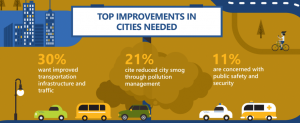
As agents of change, mayors need to be visionary and part of this is about knowing how to put technology to good use. “Technology can help to drive social issues and behaviors in very constructive ways, so smart mayors will develop a vision on how to harness it to meet their citizens’ needs,” says Sjöström.
“Smart mayors will not see technology as the domain of chief information officers, and just delegate that function to them,” Sjöström continues. Instead, they will dare to use technology as ‘offensive weapons’ to overcome local problems, and deliver value to their communities.
Mayor Ir. H. Mohammad Ramdhan Pomanto of the city of Makassar, South Sulawesi, Indonesia, is an example of a young, dynamic mayor, according to Sjöström. Coming from an architectural background, his ability to understand blueprints helps him to see how technology can play a part in delivering better service to his people. “Mayors like Pomanto have an aptitude for aggregating resources and mobilizing people to their vision,” Sjöström expresses. “And because they do, good things happen. I hope there will be more leaders like him to build more vibrant environments in Asia.”
Mayors have the power to drive change and one way is in bringing the local software community together to solve problems. Following Pomanto’s election in May 2014, he chose his inauguration day to put the spotlight on the results of a local application design competition.
The Microsoft CityApp Appathon is a competition where student developers and technology enthusiasts create apps that help address urban challenge like healthcare and education. “This sends a clear and strong message to every citizen on how they too can participate in building a smart city,” states Sjöström.
The winning app, MACCA, seeks to narrow the skills gap faced by Makassar’s unemployed. Their app crowd-sources relevant training programs for users to acquire or improve their skills, and connects job seekers to potential employment opportunities available in the market.
Events like the appathon reflect Sjöström’s belief that smart cities will be driven by the passion and potential of youth. “Young people have different expectations of the future than society at large, which is why I think a lot of innovations will come out of universities. The closer city leaders get to the universities and tap that intrinsic motivation of students and engage them, the sooner we can shape the future together with these young talents,” advises Sjöström.
Smart leadership capitalizes on the vibrancy of youth. Students have a lot of energy, and if we channel that in the right direction, wonderful things will happen.
Though a veteran in the IT field, Sjöström’s remains most inspired by young software developers who are able to make good use of technology to solve problems for their cities. He dreams of a future where they can replicate, scale and share their solutions with others, and believes cloud computing is the key to helping youth reach the world and level the playing field.
“With a secure cloud to host their applications in, local start-ups can chase opportunities instead of worrying if they need to raise money to build their own data centers or invest in IT security. They can just focus on the problems they are trying to solve, scale their solution to the rest of the world, and create a commercial business around it,” he explains.
Moving to the cloud also gives developers access to unparalleled computing power that they cannot find in their local data centers. As machine learning advances, Sjöström expects the cloud will become more intelligent. “This presents a wonderful opportunity for entrepreneurs and innovators to leverage predictive analytics and gain business intelligence from their data. With insights come new opportunities, which will be key to continued economic growth in smart cities.”
 Stefan Sjöström
Stefan Sjöström
Vice President, Public Sector
Microsoft Asia
Stefan Sjöström is the vice president of Public Sector, Microsoft Asia. He oversees sales and market development activities for Government, Public Safety & National Security, Healthcare and Education across the region. In his role, Sjöström seeks to enable and empower leaders across the public sector to draw value from technology to shape the future. He has also worked with numerous city mayors to jointly organize events where youth develop applications to improve the quality of life in their cities. Sjöström joined Microsoft in 2009, and is an IT veteran with over 30 years of work experience across different markets.
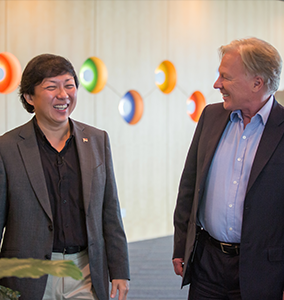 Koh Buck Song
Koh Buck Song
Koh Buck Song is an author who has written and edited over twenty books, and a consultant in branding, communications strategy and corporate social responsibility in Singapore. He drove the positioning of Singapore as a “global entrepolis” as former Head of Marketing, Corporate Communications and Strategic Planning at the Economic Development Board from 1999 to 2005. Buck Song was also a former a political supervisor for The Straits Times. He graduated from the University of Cambridge and the University of London in the United Kingdom, and from the John F. Kennedy School of Government at Harvard University in the US, where he was a Mason Fellow and earned a master’s degree in public administration.





